Ayda Bağları VinAida 2: Sauvignon Blanc meets Narince
Some grapes are natural blending partners. Cabernet Sauvingon and Merlot. Sauvignon Blanc and Semillon. Boğazkere and Öküzgözü. But what about Sauvignon Blanc and Narince? Narince is one of Turkey's most popular white grapes. Sauvingon Blanc is just one of the most popular grapes here period. But they're not often seen together. Arcadia makes a blend of these, but in tiny quantities and it's next to impossible to find. Now, however, Ayda Bağları is getting into the game with a blend of its own! Narince's weight balances so well with the high acidity from Sauvignon Blanc. Both grapes share a citrus element in their flavor profile and compliment each other with
Read More











